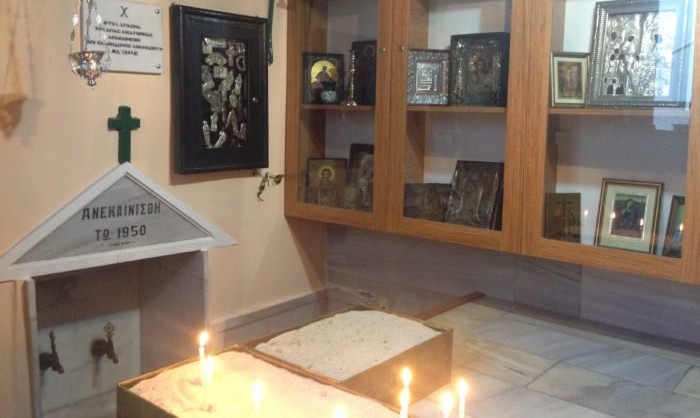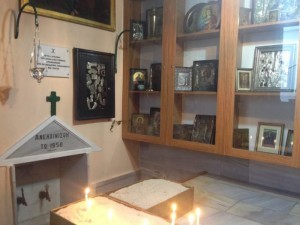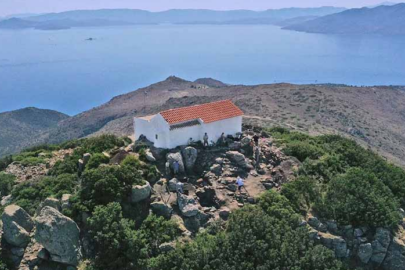Constantinople’s Asian-side district of Moda has always been a popular draw for many city dwellers. Largely middle-class and secular, it offers pleasant walks, hip cafés and bars as well as beautiful views of the Sea of Marmara and the Prince Islands.
With the ongoing commercialization and gentrification of European-side haunts like Taksim Square and Istiklal Street, Moda now finds itself swamped on weekends with Istanbulites making the short ferry crossing from Europe.
Visitors also come to eat, and one restaurant in particular is sitting on top of something quite special to Constantinople’s Greek community.
Koco is a seafront meyhane (bar/restaurant) on Moda Caddesi –a place for meze, raki and fish. It is popular with locals and visitors alike. What makes it a little different is a small piece of ancient history below the diners’ feet.
Walking out Koco’s front door, turn right, then right again and a visitor will be taken down a nondescript alley. But another right turn and down a small flight of steep steps, leads the curious to one of Constantinople’s 200 ayazmalar –natural springs valued by the city’s Christians for hundreds of years.
For below Koco is Ayia Ekaterini –a tiny, closet-sized holy spring dedicated to Saint Catherine. Open to all, and not just on the saint’s name day, the tiny space is an oasis of quiet and calm in an otherwise bustling, modern area.
The subject of local legend, it is claimed the spring was first found by local fishermen, who then found the ruins of a church and an icon of Saint Catherine, meaning the ayiazma became dedicated to the saint.
Always noticeably cooler than the outside, the spring’s walls are covered in religious portraits, icons and pressed metal shapes from worshippers praying for health, wealth, love or success.
The tiny space is well attended with fresh flowers, and candles are almost constantly burning.
Such springs have played a key part in the city’s Byzantine and Orthodox history, with many churches and monasteries having been built on, or near, an ayiazma.
The city’s Armenian community also has long been associated with the network of springs which dot old Constantinople’s landscape.
Ayia Ekaterini is a small, poignant stop for anyone interested in a small reminder of Constantinople’s cosmopolitan heritage and the Greek cultural influence which still endures, even to today.
Source: John Smith/greekreporter.com


































